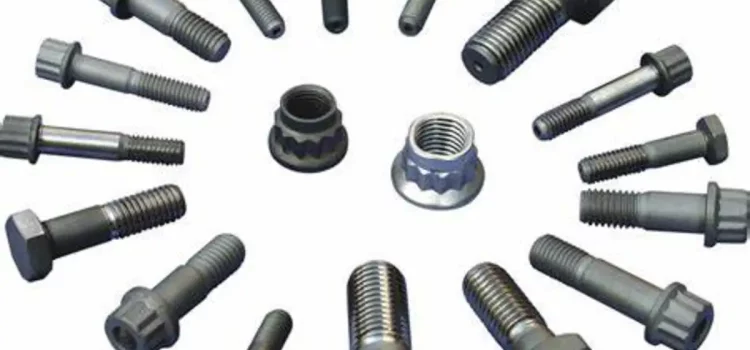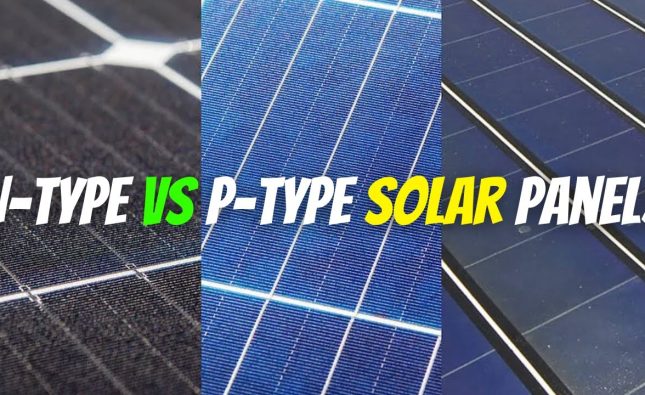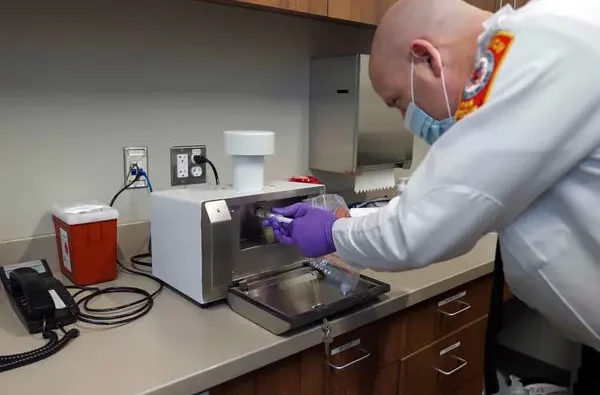
In industrial and building applications, fasteners are essential components that must maintain their mechanical integrity under varying and often extreme conditions. When working in environments involving elevated temperatures—such as in power generation, chemical processing, exhaust systems, or high-temperature manufacturing—choosing the right fastener materials becomes critical. Improper material selection can result in loss of strength, corrosion, or thermal fatigue, potentially compromising the safety and performance of an entire system.
Tokohasil explores key considerations and common material choices for fasteners used in high-temperature applications, providing professionals with guidance to ensure durability, safety, and optimal performance.
Why Temperature Matters in Fastener Selection
Temperature significantly affects the mechanical properties of fastener materials. As heat increases, metals can lose tensile strength, elongate, or become brittle due to changes in microstructure. Moreover, increased heat levels tend to speed up oxidation and rusting processes, which can further compromise the integrity of fasteners.
Typical challenges of elevated temperature use include:
- Reduced mechanical strength
- Creep (slow, permanent deformation under stress)
- Thermal expansion mismatches
- Accelerated oxidation or scaling
- Stress corrosion cracking
To ensure long-term reliability, fastener materials must be carefully selected based on the maximum operating temperature and the nature of the application.
Key Considerations in Material Selection
When choosing fastener materials for elevated temperature use, consider the following factors:
1. Maximum Service Temperature: Ensure the material retains sufficient strength at peak temperatures.
2. Creep Resistance: Evaluate the material’s ability to resist deformation under prolonged stress and heat.
3. Oxidation and Corrosion Resistance: In high-temperature environments, exposure to oxygen, moisture, or chemicals can lead to surface degradation.
4. Thermal Expansion: Match fasteners to surrounding materials to minimize stress from differential expansion.
5. Mechanical Load Requirements: Understand the load-bearing demands and apply appropriate safety factors.
Common Fastener Materials for High-Temperature Applications
1. Stainless Steel (AISI 304, 316, 310)
Stainless steels are widely used in elevated temperature environments due to their balance of strength, corrosion resistance, and affordability.
Type 304 stainless steel performs well at moderate heat conditions up to 870°C (1600°F), offering reliable resistance to oxidation.
316 Stainless Steel, with added molybdenum, offers better corrosion resistance, especially in marine and chemical applications.
Type 310 stainless steel is well-suited for extreme heat environments (up to 1150°C or 2100°F) and provides excellent resistance to scaling.
Use Case: HVAC ducting, heat exchangers, exhaust manifolds.
2. Inconel (Nickel-Chromium Alloys)
Inconel alloys such as Inconel 600, 625, and 718 are nickel-based alloys known for excellent high-temperature strength, creep resistance, and oxidation protection.
Effective at temperatures exceeding 1000°C (1830°F).
Maintains tensile strength and resists chloride-induced corrosion.
Use Case: Gas turbines, aerospace components, high-temperature furnaces.
3. A-286 Alloy
A-286 is an iron-based alloy strengthened through precipitation hardening, maintaining solid mechanical properties and oxidation resistance at temperatures reaching 700°C (1300°F). It combines the machinability of stainless steel with the high-temperature performance of superalloys.
Use Case: Jet engines, turbochargers, power plant equipment.
4. Alloy Steel (Grade 8, 4140, 4340)
Alloy steels provide high strength and durability but must be coated or treated to resist oxidation and corrosion at elevated temperatures.
Grade 8 bolts are heat-treated for strength but should not be used above 230°C (450°F) without risk of strength loss.
For higher temperature resistance, molybdenum or chromium additions are essential.
Use Case: Structural assemblies in non-corrosive, high-load applications.
5. Titanium Alloys
Titanium fasteners offer an excellent strength-to-weight ratio and maintain their mechanical properties up to 550°C (1022°F). They also resist oxidation and many forms of corrosion, though they are more expensive and less readily available.
Use Case: Aerospace, motorsport, and specialized industrial assemblies.
Coatings and Surface Treatments
When high-temperature resistance is required alongside corrosion protection, coatings and surface treatments can extend the life of fasteners:
Zinc-Nickel Coating: Provides corrosion resistance but may degrade at higher temperatures.
Ceramic Coatings: Offer thermal protection up to 1000°C and are used in exhaust systems.
Phosphate Coatings: Improve lubrication and reduce wear during installation but have limited temperature resistance.
It is essential to verify that coatings are compatible with the intended operating temperature and environment.
Matching Fasteners to Application Requirements
To ensure optimal performance:
Match the thermal expansion rates of the fasteners and the base materials.
Use washers and locking mechanisms designed for high heat to prevent loosening from thermal cycling.
Consider preload and relaxation changes under temperature to avoid joint failure.
Consult with manufacturers or material specialists for guidance on the best fastener materials based on your specific operational requirements.
Conclusion
Choosing the right fastener materials for elevated temperature use is a critical aspect of industrial design and construction. From stainless steel and Inconel to titanium and specialty alloy steels, each material has unique strengths and limitations. Understanding the environmental conditions, mechanical demands, and chemical exposures of your application will guide you toward the most reliable and efficient solution.
Investing in high-quality, temperature-rated fasteners ensures long-term safety, performance, and cost-effectiveness—especially in demanding industrial and building environments.
Using Bolts and Nuts for High-Temperature Applications
In high-temperature environments such as power plants, industrial furnaces, and petrochemical facilities, the selection of bolts and nuts/ baut mur is critical to ensure safety, reliability, and long-term performance. Standard fasteners can lose strength, deform, or corrode when exposed to elevated temperatures, leading to equipment failure or safety hazards.
For these demanding conditions, high-temperature-resistant bolts and nuts made from specialized materials such as stainless steel (e.g., AISI 310 or 316), Inconel, or alloy steel are recommended. These materials maintain their mechanical properties under extreme heat and resist oxidation and thermal expansion.
It is also essential to consider the thermal cycling that occurs in many high-temperature systems. This expansion and contraction can cause loosening of standard fasteners, so using lock nuts, washers, or even torque-limiting devices is advisable to maintain joint integrity.
Proper coating and lubrication can further enhance performance by reducing the risk of galling and seizing during installation and service. Choosing the correct grade and treatment of fasteners helps minimize downtime, improves safety, and extends equipment life.
Always consult engineering standards or a fastener specialist to ensure the bolts and nuts used are appropriate for the specific temperature range and application requirements.
More info visit: tokohasil.com










